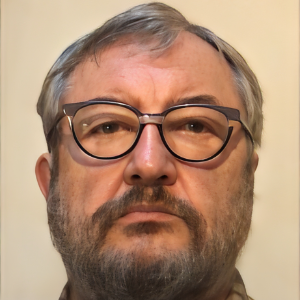Title : Controversies in tubular breast treatment
Abstract:
The major controversy with tubularity is that the Grolleau classification is very logical from the point of view of progressive footprint shrinkage. But the clinical recommendations are irrelevant – no matter which type you have – just make flaps: parenchyma (Lin Puckett) or chest wall based (Ribeiro). Another controversy: according to the classification scale, the biggest surgery must be done in type III. The easiest Grolleau type I in fact may be not easy to understand to detect and to deal with. In the contrary type III is believed to be the most serious. In our choice in the type III tubularity no sophisticated flaps are needed just because there is no enough parenchyma to influence the outcome. All what is needed is to adjust skin to the implant. Type II is more difficult for us than type III and indeed requires flaps but not those shown in most publications. Instead of spreading of all available parenchyma caudally we choose to substitute the deficient lower pole with the implant only. We prefer the supraareolar approach, than we dissect the pocket leaving all upper pole parenchyma intact. The small central portion is left attached to areola to maintain projection after surgery. Then we address directly the former inframammary sulcus destroying any residual fascial framework. Then we insert the implant. Wound closure is very easy with no risk of areola distortion as happens sometimes at the site of infraareolar incision. We ask patients to bring their regular bra. Its wire shows exactly where the new inframammary sulcus should be placed. And the upper edge of the bra shows the limit to which the areola can be safely elevated. And areola should be centered accordingly but not higher than the limit indicated by the bra.



